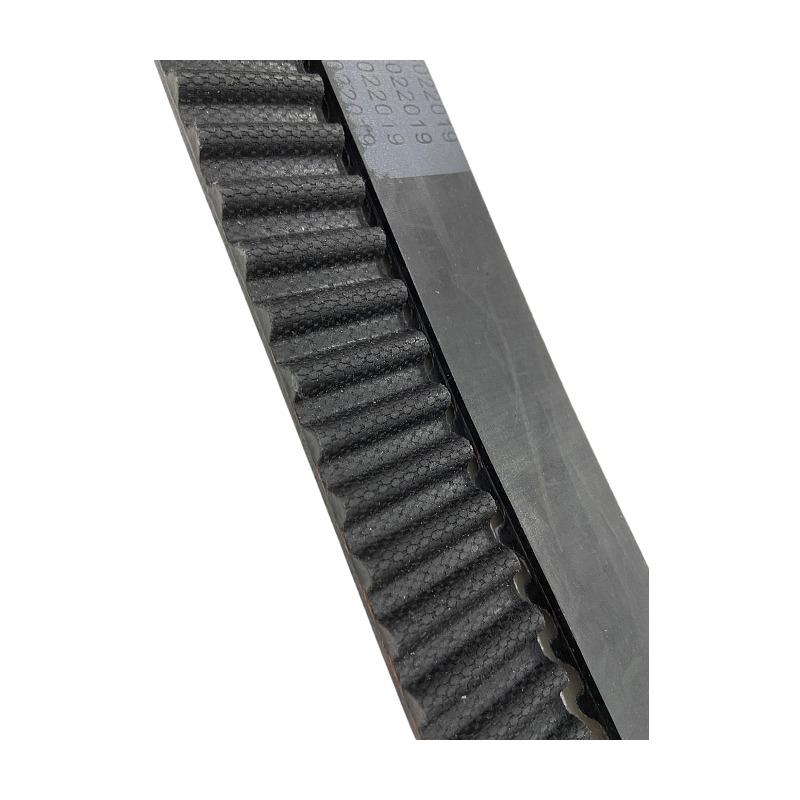- Arabic
- French
- Russian
- Spanish
- Portuguese
- Turkish
- Armenian
- English
- Albanian
- Amharic
- Azerbaijani
- Basque
- Belarusian
- Bengali
- Bosnian
- Bulgarian
- Catalan
- Cebuano
- Corsican
- Croatian
- Czech
- Danish
- Dutch
- Afrikaans
- Esperanto
- Estonian
- Finnish
- Frisian
- Galician
- Georgian
- German
- Greek
- Gujarati
- Haitian Creole
- hausa
- hawaiian
- Hebrew
- Hindi
- Miao
- Hungarian
- Icelandic
- igbo
- Indonesian
- irish
- Italian
- Japanese
- Javanese
- Kannada
- kazakh
- Khmer
- Rwandese
- Korean
- Kurdish
- Kyrgyz
- Lao
- Latin
- Latvian
- Lithuanian
- Luxembourgish
- Macedonian
- Malgashi
- Malay
- Malayalam
- Maltese
- Maori
- Marathi
- Mongolian
- Myanmar
- Nepali
- Norwegian
- Norwegian
- Occitan
- Pashto
- Persian
- Polish
- Punjabi
- Romanian
- Samoan
- Scottish Gaelic
- Serbian
- Sesotho
- Shona
- Sindhi
- Sinhala
- Slovak
- Slovenian
- Somali
- Sundanese
- Swahili
- Swedish
- Tagalog
- Tajik
- Tamil
- Tatar
- Telugu
- Thai
- Turkmen
- Ukrainian
- Urdu
- Uighur
- Uzbek
- Vietnamese
- Welsh
- Bantu
- Yiddish
- Yoruba
- Zulu
Tach . 27, 2024 23:55 Back to list
Guidelines for Replacing Your Car's Drive Belt Effectively and Safely
Car Drive Belt Replacement A Comprehensive Guide
Maintaining your vehicle is crucial for its longevity and performance, and one component that plays a vital role in ensuring everything runs smoothly is the drive belt. The drive belt, often referred to as the serpentine belt, is responsible for powering various accessories in your car, including the alternator, power steering pump, air conditioning compressor, and sometimes even the water pump. Over time, this belt can wear out, leading to potential engine issues. In this article, we will discuss the signs that indicate your drive belt needs replacement, the process of replacement, and the importance of regular inspections.
Signs of a Worn Drive Belt
Recognizing the signs of a worn or fraying drive belt can save you from unexpected breakdowns and costly repairs. Some common indicators include
1. Squeaking or Sliding Noises If you hear a squealing sound when you start your car or during acceleration, it may signal that the drive belt is slipping. This could indicate wear or improper tension. 2. Visible Cracks or Fraying Regularly inspect your drive belt for any visible damage. Cracks, fraying, or chunks missing from the belt indicate that it’s nearing the end of its life.
3. Loss of Accessory Power If you notice that your power steering feels heavy, the air conditioning is not functioning properly, or the battery warning light comes on, it could be due to a failing drive belt.
4. Engine Overheating In some configurations, the drive belt powers the water pump. A broken belt can prevent the pump from circulating coolant, resulting in engine overheating.
The Process of Replacement
Replacing the drive belt is a task that many vehicle owners can undertake themselves with basic mechanical skills and tools. However, if you’re unsure or uncomfortable, it’s best to consult a professional mechanic.
car drive belt replacement

Here are the basic steps to replace your drive belt
1. Preparation Ensure your vehicle is parked on a level surface, and the engine is turned off and cool. Gather necessary tools, including a wrench or socket set.
2. Accessing the Belt Remove any covers or components blocking access to the drive belt. Refer to your vehicle’s service manual for specific instructions related to your model.
3. Release Tension Most vehicles have an automatic tensioner. Use a wrench to rotate the tensioner, which will release tension on the belt. Carefully slide the belt off the pulleys.
4. Install the New Belt Refer to the belt routing diagram, usually located under the hood, to ensure the new belt is installed correctly. Slide it over the appropriate pulleys.
5. Reapply Tension Once the new belt is in place, release the tensioner slowly to apply tension to the new belt.
6. Test the Installation Start the engine and listen for any abnormal noises. Ensure that all accessories are functioning properly before closing everything up.
Conclusion
Regularly checking and replacing your car's drive belt is essential to maintain your vehicle’s performance and reliability. A worn or broken drive belt can lead to multiple issues, impacting everything from steering to charging your battery. By recognizing the signs of wear and understanding the replacement process, you can ensure that your vehicle remains in top condition. Always consult your vehicle’s manual for specific instructions, and don’t hesitate to seek professional assistance when necessary. Taking proactive measures can save you time, money, and potential roadside emergencies in the future.
-
Korean Auto Parts Timing Belt 24312-37500 For Hyundai/Kia
NewsMar.07,2025
-
7PK2300 90916-T2024 RIBBED BELT POLY V BELT PK BELT
NewsMar.07,2025
-
Chinese Auto Belt Factory 310-2M-22 For BMW/Mercedes-Benz
NewsMar.07,2025
-
Chinese Auto Belt Factory 310-2M-22 For BMW/Mercedes-Benz
NewsMar.07,2025
-
90916-02660 PK Belt 6PK1680 For Toyota
NewsMar.07,2025
-
drive belt serpentine belt
NewsMar.07,2025

